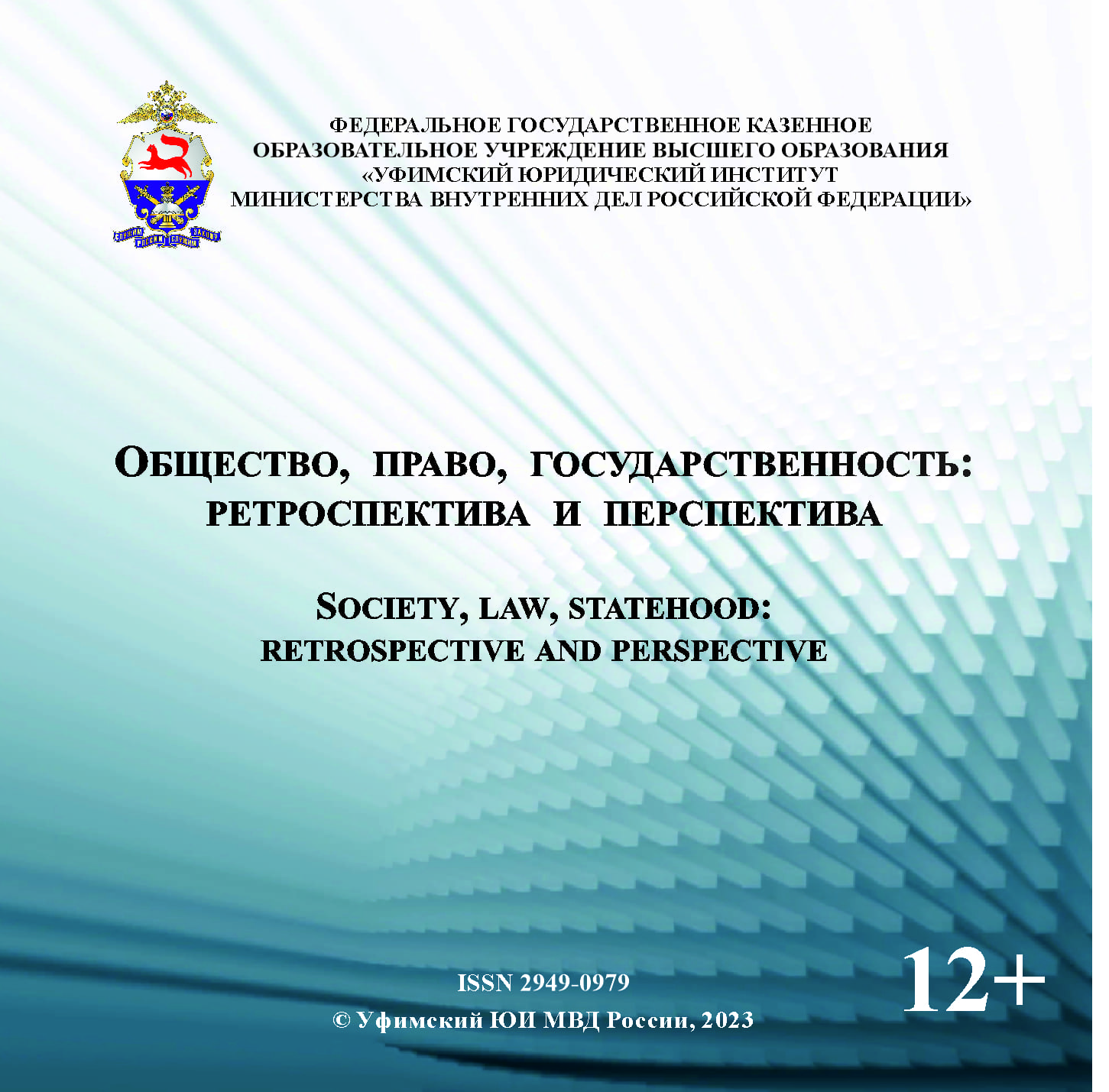Within the framework of this article, the authors analyzed the procedure for carrying out such an investigative action as presentation for identification, in accordance with the Criminal Procedure Code of the Russian Federation. Attention is focused on the uniqueness of such an investigative action, which consists in the fact that it is not carried out repeatedly and the result often depends on the preparation and quality of its conduct. The conducted procedural and forensic analyses allowed the authors to come to certain conclusions, among which it was noted that the mechanism of organizational and preparatory actions consists of the following elements: preliminary interrogation of the identifying person; decision-making on identification; determination of the place, time and method of presentation for identification; the process of searching for witnesses; selection of extras and objects; determination of the method of fixation the course and results of identification. When carrying out preparatory measures, an investigator or interrogator must provide for methods of information leakage at the end of the investigative action, and determine the range of information requiredduring its conduct, so that unnecessary information relevant to the investigation is not disseminated.
criminal procedure, justice, investigative action, presentation for identification, investigator, interrogator, preliminary investigation
1. Code of Criminal Procedure of the Russian Federation dated December 18, 2001 no. 174-FZ // Collection of legislation of the Russian Federation. 2001. No. 52. Part I. Art. 4921. (In Russ.)
2. Latypov V. S. Supernumerary as another subject (participant) of criminal procedure // Historical, philosophical, political and legal sciences, cultural studies and art history. Questions of theory and practice. Tambov : Diploma. 2013. No. 6. P. 151−153. (In Russ.)






